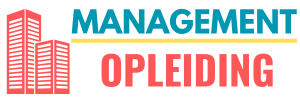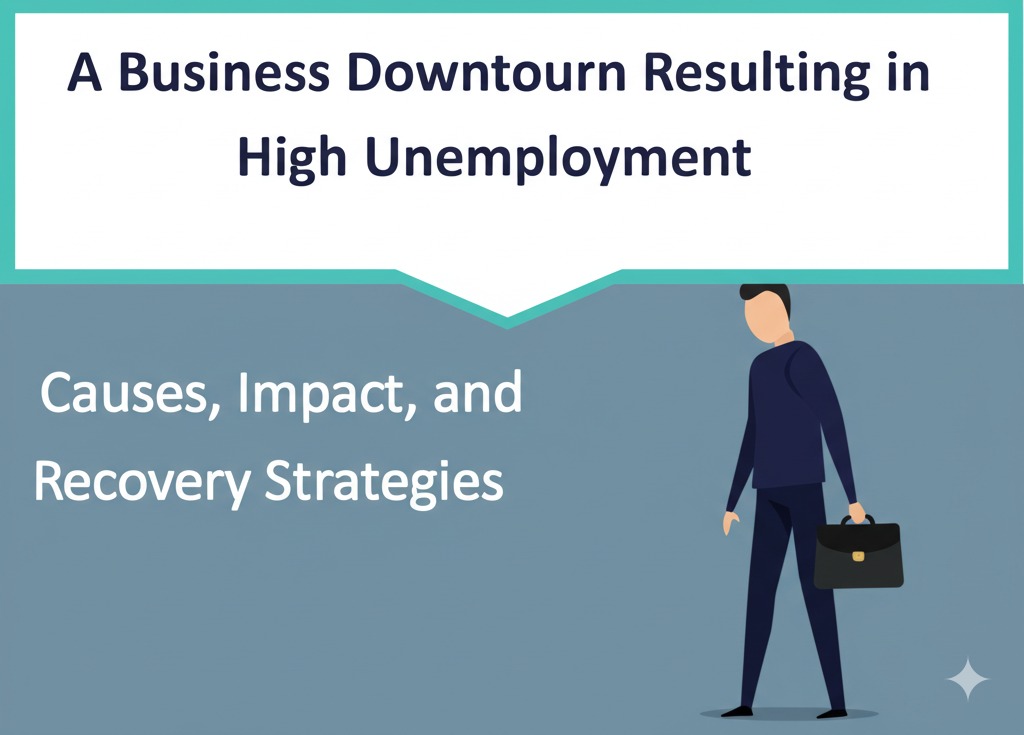When the economy hits a rough patch, businesses suffer—and people lose jobs. A business downturn resulting in high unemployment is more than just an economic challenge; it’s a personal crisis for millions of families. Understanding the reasons behind these downturns and how to navigate them is crucial for policymakers, business owners, and job seekers alike.
In this article, we’ll break down the causes, effects, and solutions tied to economic slowdowns and rising unemployment. Whether you’re a business leader, HR professional, or someone concerned about job security, this guide will help you understand the landscape and prepare for the future.
What Is a Business Downturn?
A business downturn refers to a period of reduced economic activity. This can be triggered by a variety of factors, including:
- Declining consumer demand
- Rising production costs
- Global economic instability
- Financial market disruptions
During a downturn, companies often cut costs to survive—and unfortunately, this often means layoffs and hiring freezes.
Key Indicators of a Business Downturn
To identify a downturn early, watch for signs such as:
- Decreased GDP growth
- Falling stock market prices
- Lower consumer spending
- Rising business closures
- Shrinking profit margins
Being aware of these trends can help businesses and individuals make proactive decisions.
How a Downturn Leads to High Unemployment
The connection between a business downturn and high unemployment is direct and deeply impactful.
Layoffs and Downsizing
One of the first steps businesses take during a downturn is to reduce their workforce. This includes:
- Temporary layoffs
- Permanent job cuts
- Delayed hiring or promotion freezes
These measures help companies cut costs but result in a spike in jobless claims and an increase in national unemployment rates.
Business Closures and Bankruptcies
Small and mid-sized enterprises (SMEs) are particularly vulnerable. When they shut down:
- Entire teams lose their jobs.
- Local communities lose vital economic contributors.
- Unemployment rates soar in concentrated areas.
The Domino Effect
Unemployment doesn’t just hurt the individual—it affects the entire economy:
- Reduced consumer spending slows down recovery.
- Increased demand for government aid strains public resources.
- Mental health issues rise among the unemployed.
Industries Most Affected by Business Downturns
While no sector is completely immune, some industries are more prone to layoffs during economic turbulence:
1. Retail and Hospitality
These sectors rely heavily on consumer spending. During a downturn:
- Travel decreases.
- Dining out is cut back.
- Non-essential shopping drops.
2. Manufacturing
Manufacturers may face:
- Disrupted supply chains
- Lower demand for goods
- Factory closures or reduced shifts
3. Construction and Real Estate
With interest rates rising and housing demand dropping, construction projects are often delayed or canceled.
Long-Term Effects of High Unemployment
Prolonged unemployment leads to:
- Skill erosion as workers remain inactive
- Increased poverty rates in affected communities
- Higher government debt due to unemployment benefits
- Delayed retirement and career changes
High unemployment also impacts future generations, reducing access to education and healthcare due to financial constraints.
Strategies for Businesses to Survive and Thrive
While downturns are challenging, companies can take steps to stay afloat and support employees.
Embrace Flexibility
- Offer remote work options
- Implement flexible hours to reduce full-time staff costs
- Consider contract or freelance models for short-term projects
Upskill and Reskill Employees
Instead of layoffs, invest in training. Teaching current employees new skills can help transition them into roles that better suit the evolving business landscape.
Review Financial Health
- Cut non-essential spending
- Renegotiate supplier contracts
- Explore government aid programs or business grants
What Can Governments and Communities Do?
Policymakers and local organizations play a vital role in combating the effects of a downturn.
Provide Job Training Programs
Offering retraining and upskilling initiatives can help unemployed workers transition into growing sectors, such as:
- Healthcare
- Technology
- Green energy
Stimulate the Economy
Governments can:
- Cut taxes or offer stimulus checks
- Increase infrastructure spending to create jobs
- Support small businesses through low-interest loans
Signs of Recovery: Hope on the Horizon
Every downturn eventually comes to an end. Watch for signs of economic recovery, such as:
- Rebounding consumer confidence
- Increased job postings
- Positive GDP growth
- Rising company earnings
With the right strategies and support systems in place, businesses can rebound and unemployment can drop.
Conclusion: Preparing for the Future
A business downturn resulting in high unemployment is a serious challenge—but not a permanent one. Understanding the causes and effects helps individuals and organizations make smarter decisions. By focusing on resilience, innovation, and collaboration, we can weather tough times and come out stronger on the other side.

Josiah Sparks is a business writer and strategist, providing expert insights on management, leadership, and innovation at management-opleiding.org to help professionals thrive. His mission is to empower professionals with practical knowledge to excel in the ever-evolving business landscape.




